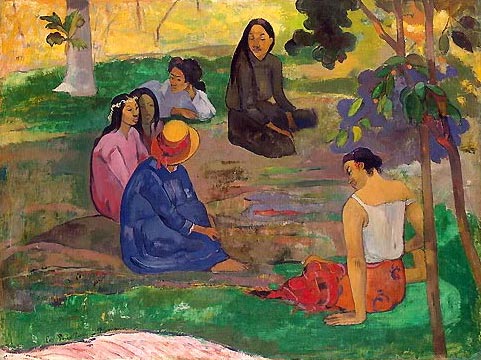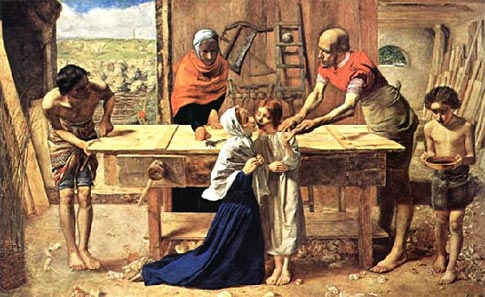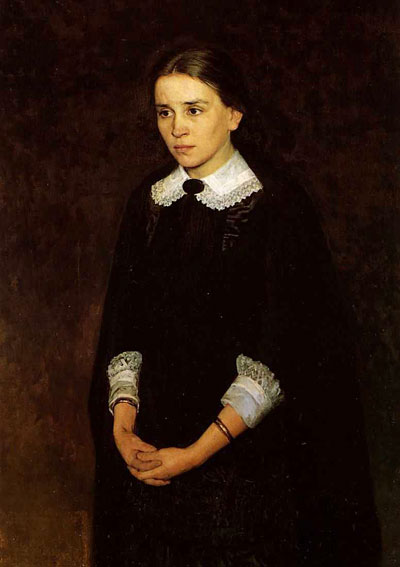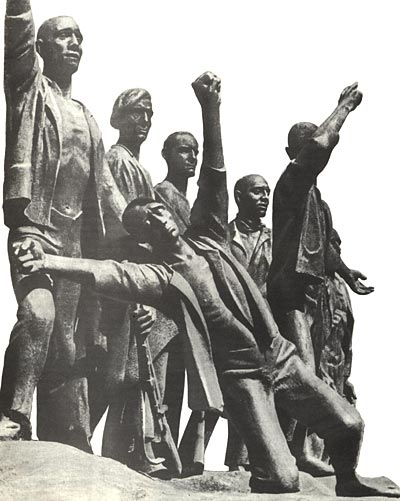Venice School of Painting
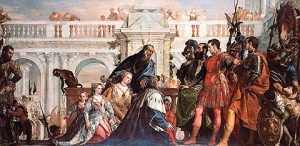 The heritage of the Venetian school of painting is one of the most striking pages in the history of the Italian Renaissance. The “Pearl of the Adriatic” – a quaintly picturesque city with canals and marble palaces, spread out on 119 islands among the waters of the Gulf of Venice, was the capital of a powerful trading republic that held all trade between Europe and the countries of the East. This became the basis of the prosperity and political influence of Venice, which included part of Northern Italy, the Adriatic coast of the Balkan Peninsula, and overseas territories. She was one of the leading centers of Italian culture, typography, humanistic education.
The heritage of the Venetian school of painting is one of the most striking pages in the history of the Italian Renaissance. The “Pearl of the Adriatic” – a quaintly picturesque city with canals and marble palaces, spread out on 119 islands among the waters of the Gulf of Venice, was the capital of a powerful trading republic that held all trade between Europe and the countries of the East. This became the basis of the prosperity and political influence of Venice, which included part of Northern Italy, the Adriatic coast of the Balkan Peninsula, and overseas territories. She was one of the leading centers of Italian culture, typography, humanistic education.
She gave the world such wonderful masters as Giovanni Bellini and Carpaccio, Giorgione and Titian, Veronese and Tintoretto. Their work has enriched European art with such significant artistic discoveries that artists from the late period from Rubens and Velazquez to Surikov constantly turned to Venetian Renaissance painting.
The Venetians rarely fully experienced the feeling of the joy of life, discovered the world around us in all its vital plethora, inexhaustible colorful wealth. They were characterized by a special taste for all the specific, unique, emotional richness of perception, admiration for the physical, material diversity of the world.
The artists were attracted by the whimsically-picturesque view of Venice, the festivity and beauty of its life, the characteristic appearance of the townspeople. Even paintings on religious themes were often interpreted as historical compositions or monumental genre scenes. Painting in Venice more often than in other Italian schools had a secular character. Extensive halls of the magnificent residence of the Venetian rulers – Doge’s Palace were decorated with portraits and large historical compositions. Monumental narrative cycles were also written for the Venetian Scuol – the religious-philanthropic fraternities that united the laity. Finally, private collecting was especially widespread in Venice, and the owners of the collections – rich and educated patricians – often ordered paintings for subjects drawn from antiquity or works of Italian poets. Not surprisingly, Venice is associated with Italy’s highest flourishing of such secular genres as portrait, historical and mythological picture, landscape, rural scene.
The most important discovery of the Venetians was the coloristic and pictorial principles they developed. Among other Italian artists there were many excellent colorists, endowed with a sense of beauty of color, harmonic harmony of colors. But the basis of the pictorial language remained drawing and chiaroscuro, which accurately and completely modeled the form. Color was understood rather as the outer shell of the form, and it was not for nothing that, by applying colorful strokes, the artists fused them into a perfectly flat, enamel surface. This style was also loved by the Dutch artists, who were the first to master the technique of oil painting.
Venetians, more than the masters of other Italian schools, appreciated the possibilities of this technique and completely transformed it. For example, the attitude of Dutch artists to the world was inherent in a reverent, contemplative beginning, a shade of religious piety, in every, the most ordinary subject, they were looking for a reflection of supreme beauty. Light became the means of transmitting this inner illumination. The Venetians, who perceived the world openly and in a major, almost with pagan cheerfulness, saw in the technique of oil painting the opportunity to communicate to all of the depicted living physicality. They discovered the richness of color, its tonal transitions, which can be achieved in the technique of oil painting and in the expressiveness of the texture of the letter itself.
The paint becomes the Venetians basis visual language. They do not so much work out the forms graphically as they mold them with brushstrokes — now weightlessly transparent, now dense and melting, piercing the internal movement of human figures, the bends of folds of fabrics, the reflections of the sunset on dark evening clouds.
Features of Venetian painting evolved over a long, almost a half century, the path of development. The founder of the Renaissance painting school of Venice was Jacopo Bellini, the first of the Venetians who turned to the achievements of the most advanced Florentine school at that time, the study of antiquity and the principles of linear perspective. The main part of his heritage consists of two albums of drawings with the development of compositions of complex multi-figured scenes on religious themes.

